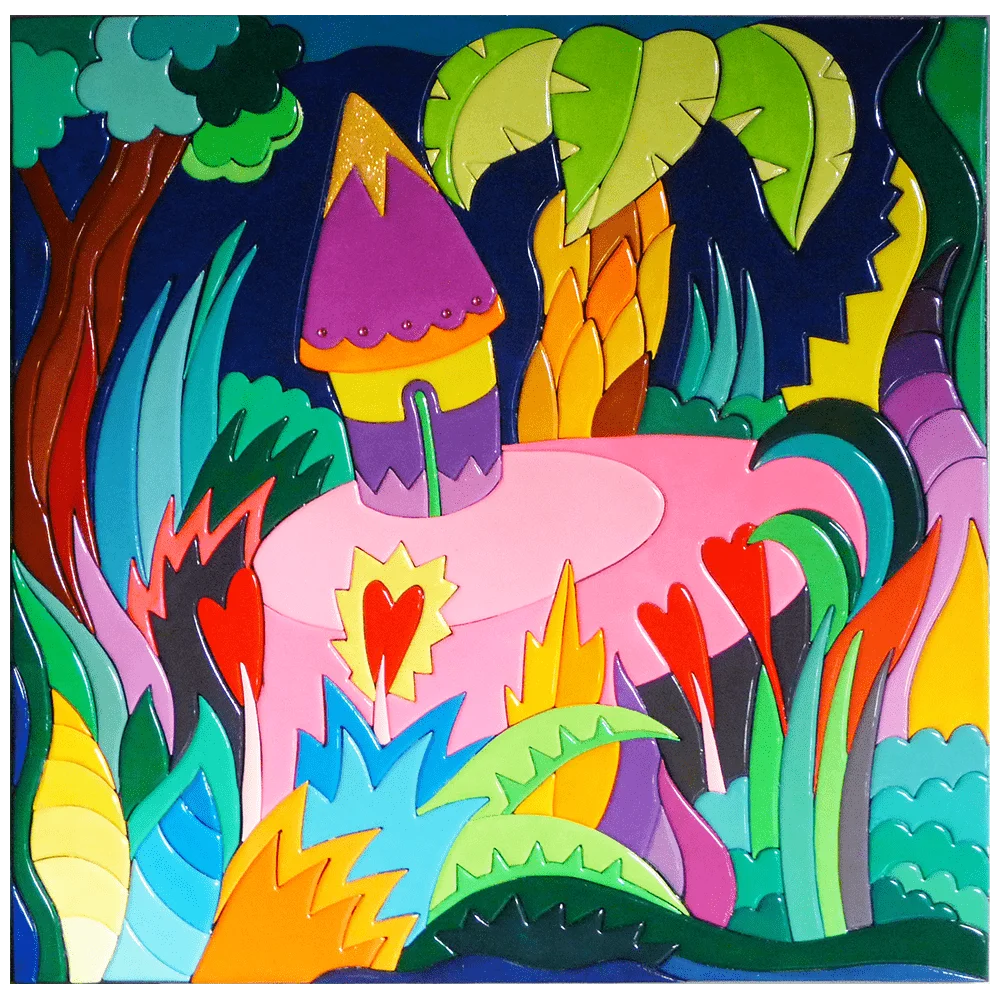Futurism, 100 years of inspiration
Initiated over a century ago by writers and poets in the city of Alexandria, Italy, Futurism has continuously expanded its influence and is practiced all over the world in every aspect of people’s lives. A large-scale exhibition currently underway in Beijing is helping local audiences understand the genre more comprehensively.

Futurism began in Italy in the early 20th century in opposition to traditionalism. It sought to depict dynamic movement by eliminating conventional form and by stressing the speed, flux and violence of the machine age. It spans visual art, music, theater, literature and architecture, advertising posters, fashion and furniture.
Entitled Road of Futurism, the exhibition at National Art Museum of China (NAMOC), features the essence of Italian Futurism with 262 pieces on display, including paintings, photography, design and furniture.
Aiming to commemorate the origin and development of the movement, some of the most representative artists have been included in the exhibition such as Balla Giacomo and Carrà Carlo and many have seldom been publicly exhibited before.
Aside from works with fresh Futurism styles, declarations and posters of the early 1900s in Italy, when the art movement first began, are also on show, many of them offering a rare insight into observing the art movement as a whole.
“As an art movement that originated in Italy one hundred years ago, Futurism has deeply influenced many fields, not only in Italy, but all around the globe over the past century,” NAMOC director Fan Di’an said at the opening ceremony of the exhibition last week. “Many Chinese artists today are also greatly inspired from this genre.”
In the early 1900s, with the fast development of modern technology that profoundly changed people’s lives, one group advocated reflecting such dramatic changes in their works, with writer Filippo Tommaso Marinetti as the most radical among them.
With his article Futurist Manifesto published in La Gazzetta dell’Emilia in 1909, the art movement of Futurism was considered officially initiated and several painters and writers quickly joined him soon after.
The Futurists advocated reflecting social reality through various kinds of art forms, breaking the boundaries between the once elegant and narcissistic art and people’s everyday lives. Those subscribing to the movement admired speed and technology and all aspects of industrializing cities.
Inventions such as the car and airplane were heavily praised in works of many fields.